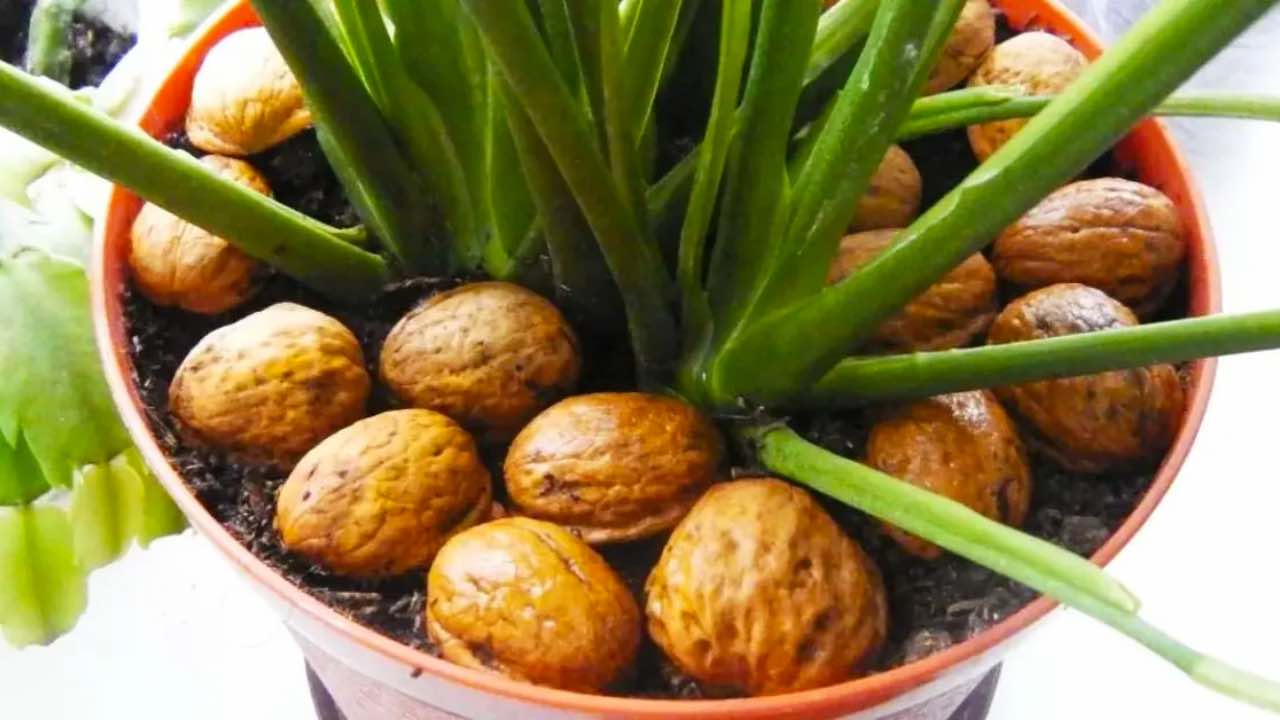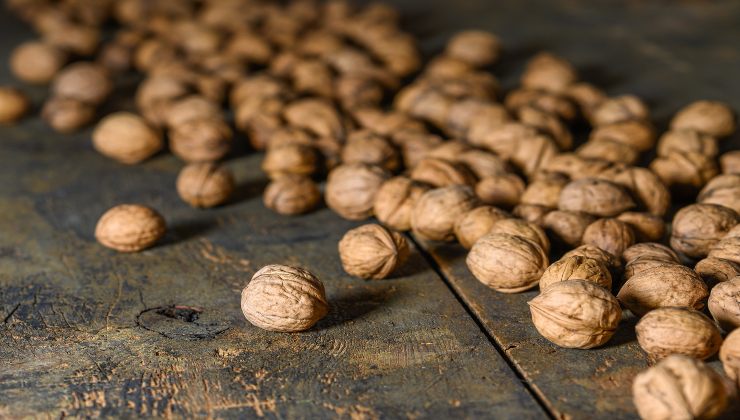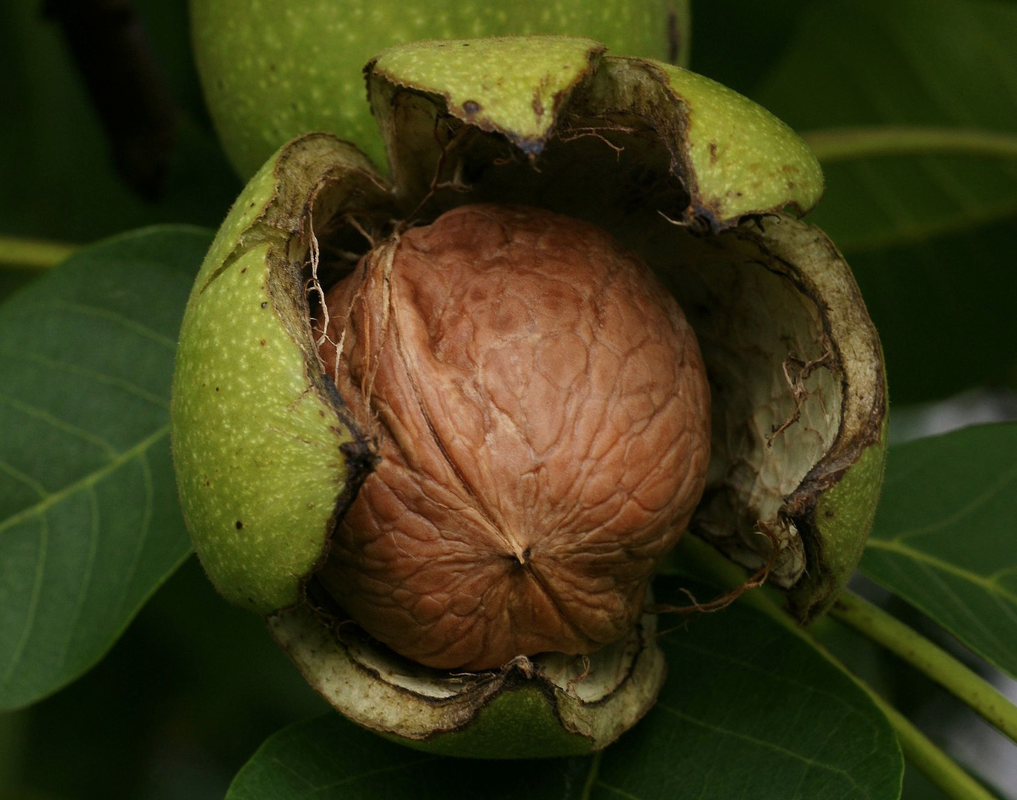As we delve into the winter season, dried fruits become a staple in our diets. Rich in essential nutrients such as Omega-3, they offer numerous health benefits. While we typically indulge in these delights during the festive season, they are available and beneficial throughout the year.
Walnuts, in particular, are not only great for our brains but also have surprisingly positive effects on our plants. It’s not the nut itself that benefits the plants, but rather its shell. Instead of tossing the shells away, gardeners have discovered a brilliant use for them.
In the chilly month of February, just as spring approaches, gardeners lay a layer of walnut shells around their plants. These shells act as a protective shield for the soil, slowing down evaporation by reducing water irrigation. They also help in warding off mosquitoes, providing a natural repellent for these pesky insects. So, not only will our plants thrive, but we’ll also keep those mosquitoes at bay!
But that’s not all. Walnut shells can be utilized as a fertilizer for our plants by chopping or incinerating them. Placing them at the bottom of the soil before inserting the plant into the pot allows the shells to nourish the plant with vital components. The result? Strong, robust roots, glossy leaves, and overall plant perfection.
Next time you enjoy some dried fruit, think twice before discarding those walnut shells. Expert gardeners have long known their value, and now you do too. Let’s take a moment to appreciate the significant contribution these shells can make to our plants’ well-being.
These insider secrets have been shared through various blogs and websites, offering a plethora of tips for maintaining the perfect plants in our homes. So, embrace the power of walnut shells and cultivate a thriving, lush oasis right in your own backyard.








